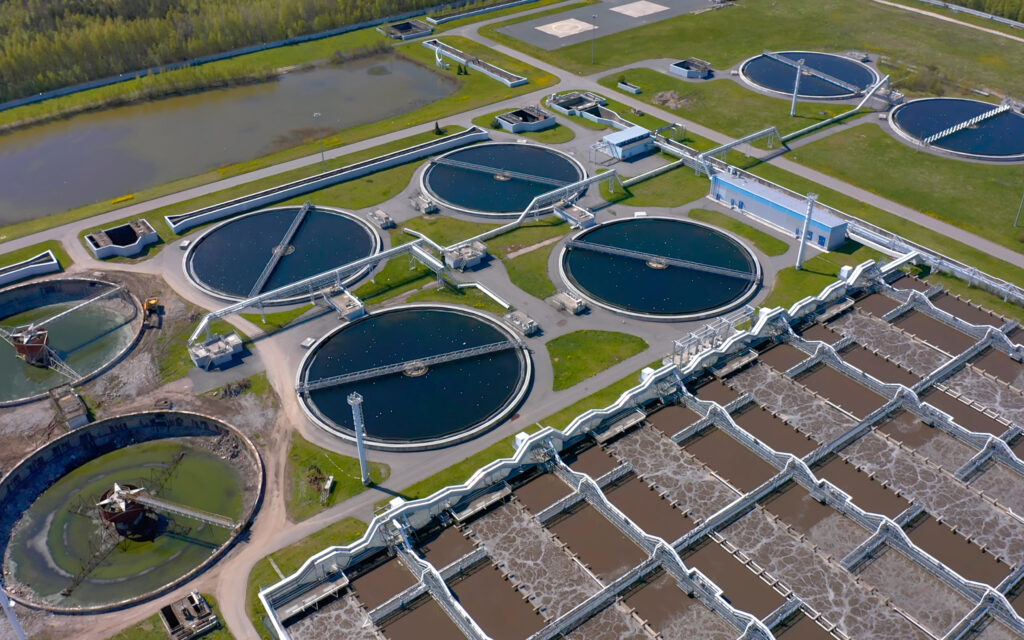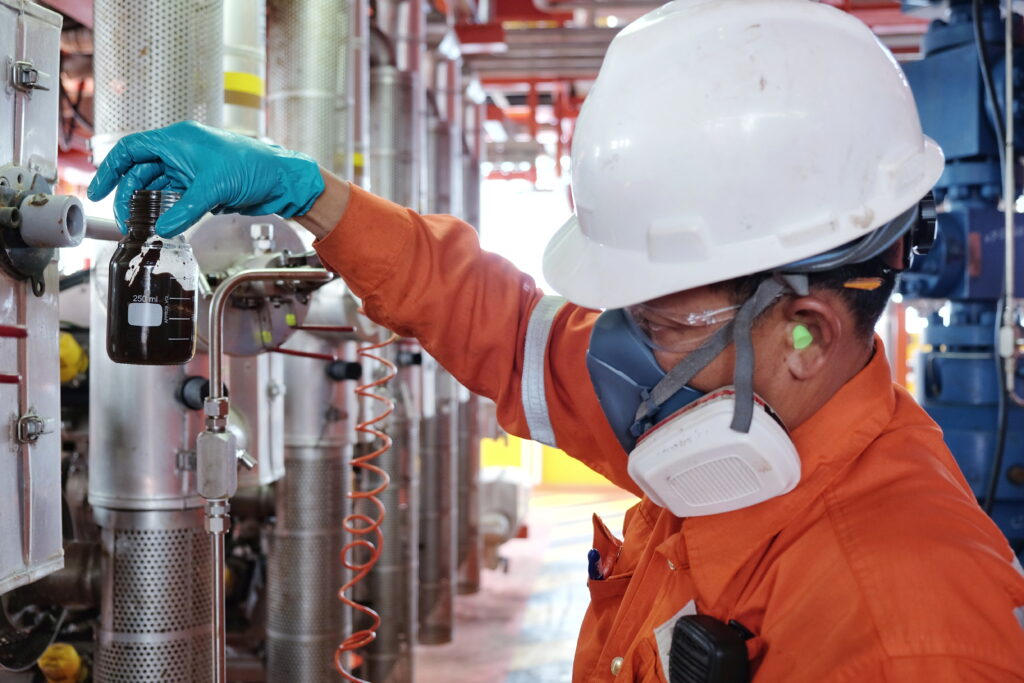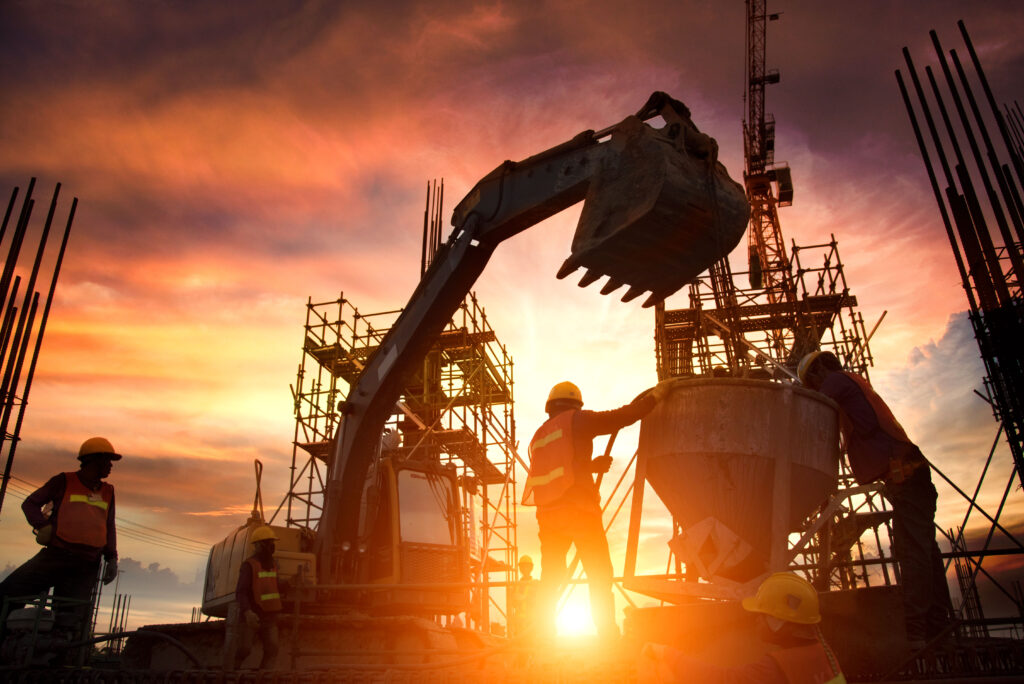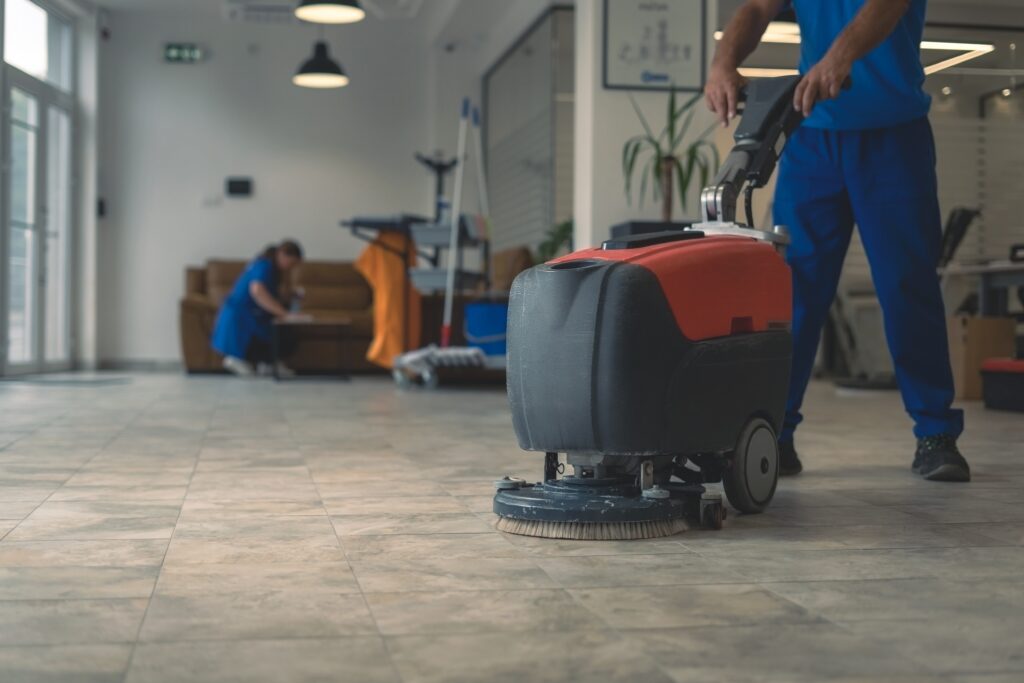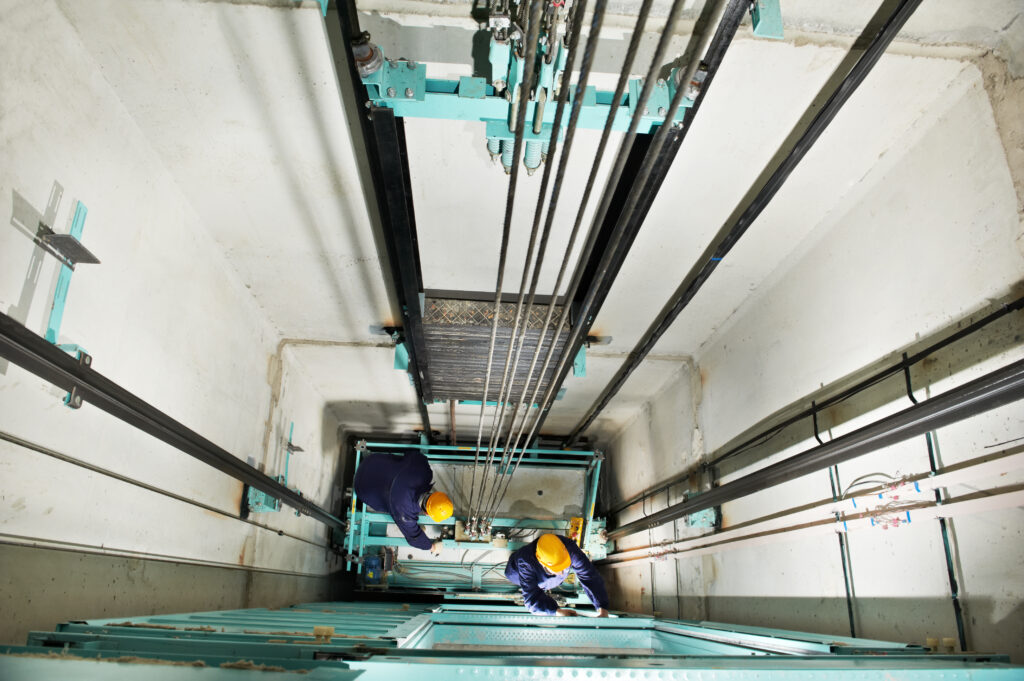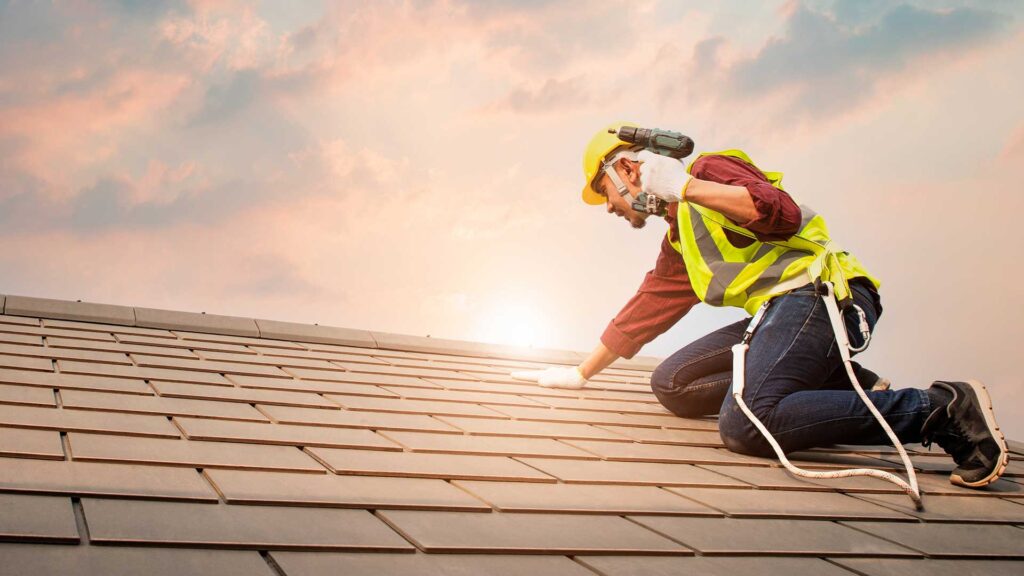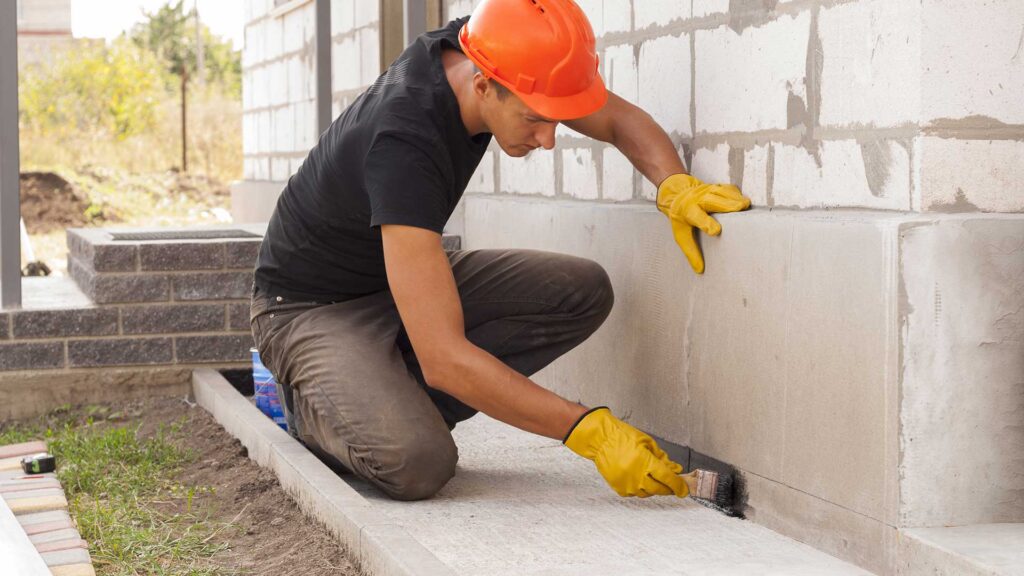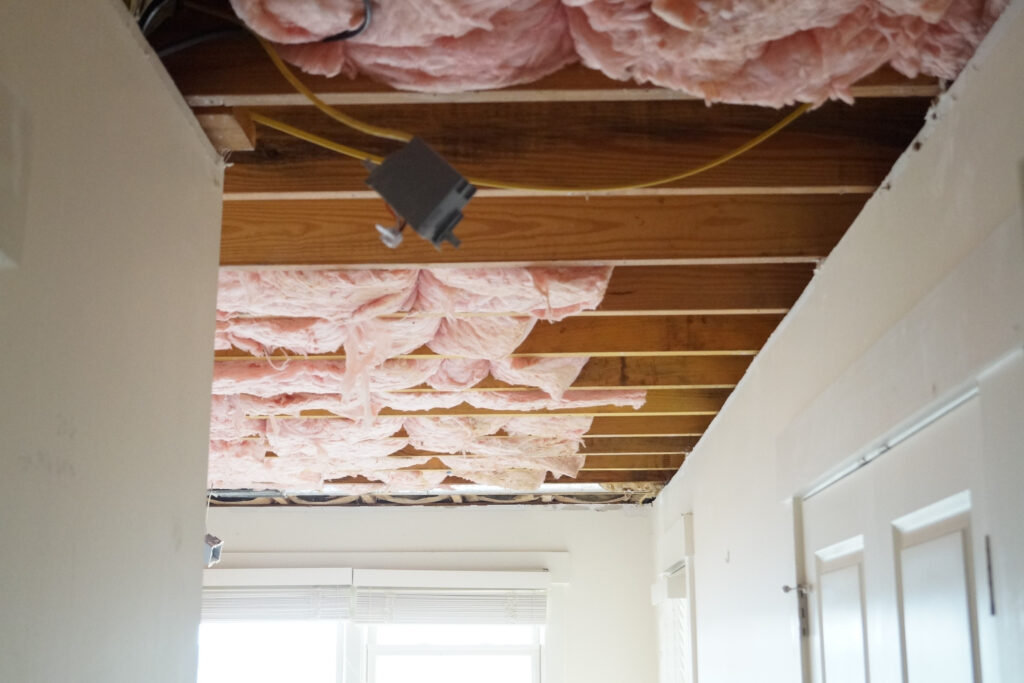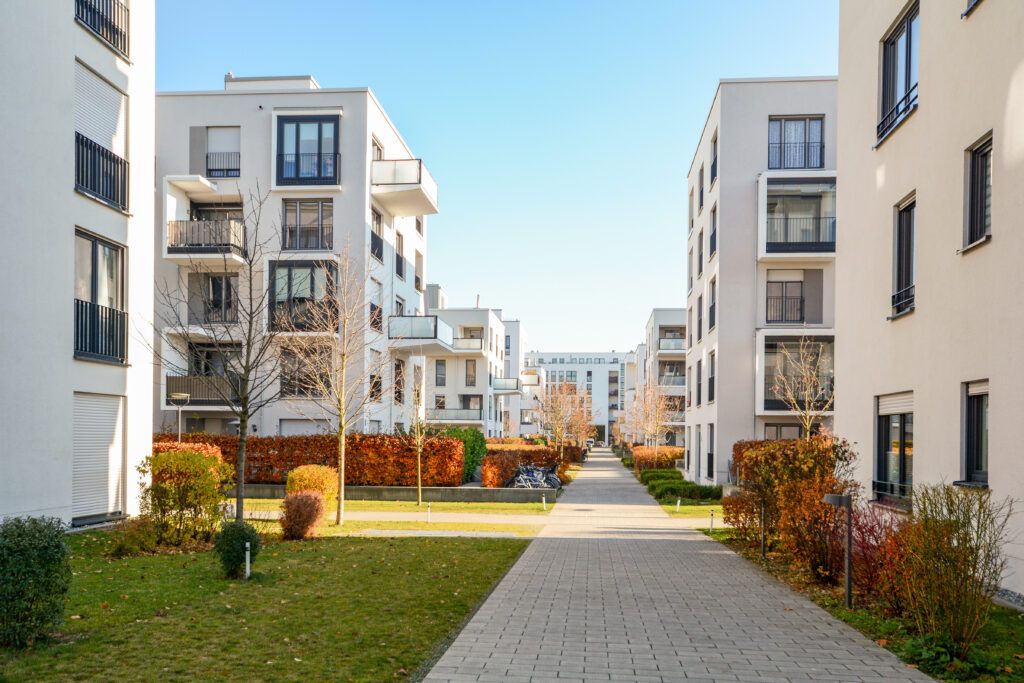We believe the commercial and residential infrastructure services sectors provide numerous highly attractive investment opportunities. These are large, growing and fragmented markets benefiting from numerous structural and fiscal stimulus tailwinds – it is undeniable that our commercial and residential infrastructure is undergoing a multi-decade new build and maintenance cycle. In addition, the sectors exhibits strong downside protection driven by variable cost structures, capital-lite operating models and strong free cash flow generation.
The U.S. has a massive aging infrastructure problem across the commercial sector. The $25 trillion U.S. economy relies on a vast network of infrastructure to keep it afloat. But the systems currently in place, including roads, railways, electrical grids, and internet providers, were built decades ago and are struggling to keep pace. In its 2021 report card, the American Society of Civil Engineers (ASCE), gave the nation’s infrastructure a “C-,” with an estimated “infrastructure investment gap” of nearly $2.6 trillion this decade that, if unaddressed, could cost the United States $10 trillion in lost gross domestic product (GDP) by 2039.
We believe spending on commercial infrastructure is a bipartisan issue that will continue to receive focus and funding. As a result, we believe service providers of repair, maintenance, restoration and new build services will benefit from multi-decade tailwinds.
Single family homes continue to be the most popular form of housing in America, with the current stock composed of 93.5 million single-family homes. This shapes the fundamental nature of the market because single family homes have larger roof to livable volume ratios (driving roof replacements), typically have standalone yards with fencing, decks, pergolas, landscaping, recurring lawn care, and outdoor entertaining areas, amongst others. As a result, the total addressable market for home improvement is $475BN and the size of the market in total project volume is 665M projects completed annually.
Demographics underpin everything. In the next 10 years, 44 million people will turn 30 which is associated with the earlier forms of family formation. 29 million people will turn 80 which is an age group associated with downsizing, aging in place, in-law suites, and other age associated home improvement and servicing needs. Older housing means failing systems and outdated styles. The average age of a home in the U.S. is 44 years old, 70%+ of all single-family homes were built before 1980. Controlling for other factors; home maintenance costs drop for the first 4-5 decades of a home’s age, then climb afterwards.
We believe the residential services market is an incredibly attractive market with undeniable long-term tailwinds. Due to the mission-critical and non-discretionary nature of many home maintenance services, we believe there are numerous areas for attractive investment opportunities.



